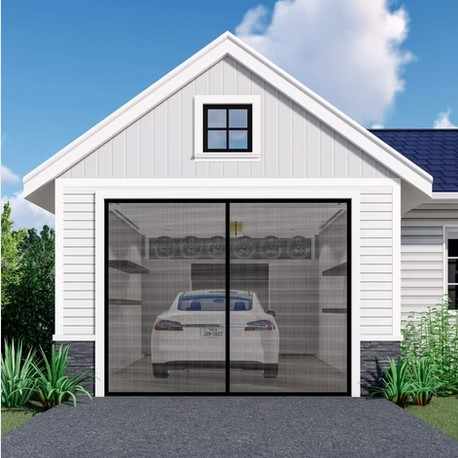
In addition to serving as a carport or storage space, garages may also be used as a workshop, gym, or recreational area. However, maintaining a pleasant and pest-free environment is a significant problem when repurposing this area, particularly in the warmer months. Without sacrificing ventilation or visibility, installing a high-quality screen for a garage door is one of the best ways to keep bugs out of your garage. To guarantee long-term enjoyment, efficiency, and longevity, this post walks through every stage of the conversion process.
Inspect the Garage's Actual Form
Assessing the garage's solidity is essential before beginning any installation. Look for any holes, crevices, or gaps that might allow insects to enter, particularly around windows, vents, and the bottom of the walls. The proper caulking, foam insulation, or weather stripping should be used to seal these locations. The workstation will look better if dust, trash, and clutter are removed. It will also be simpler to spot locations that require repairs or improvements before the screen is installed.
Take a Precise Measurement
Measurement accuracy is essential for optimal screen fit and operation. Estimate the height and breadth of the garage by unlocking it many times to allow for interpretations. These dimensions will direct how to modify or select products. Sometimes a bespoke screen is required to fit irregular apertures or unusual garage designs. To prevent malfunctions, confirm that the selected screen system is compatible with the garage door's mechanism.
Assemble the Installation Site
Set up the installation location as soon as the screen type and dimensions are decided. Make sure the mounting area is dry and clean, and clear away any obstructions close to the garage door opening. If drilling is required for the setup, be sure that the wall region is free of electrical or sanitary cables. A level and stud finder may be required to correctly align and fasten the tracks or frame, depending on the system.
Select the Appropriate Garage Screen Type
Different varieties of garage screen systems are available to suit a range of purposes and price ranges.
Screens with magnetic closure: An affordable, easy-to-use solution that enables hands-free access and departure.
Retractable screens that roll up: For people who like flexibility and smooth transitions between open and closed garage use, this is convenient.
Panels with sliding screens: Perfect for garages that are converted into outdoor living areas since they provide easy access and ventilation.
The quality of the material is equally crucial. Desire screens with structures that are invulnerable to corrosion and mesh that is invulnerable to UV rays and tears. A high-quality screen will endure everyday use as well as weather-related deterioration.
Set Up the Screen System.
Although the installation procedure for each screen system varies, the main procedures are as follows:
Add frames or side tracks: Vertical side tracks for sliding or retractable systems need to be fastened so that they line up with the top bracket. For seamless screen movement, take particular care to make sure these are precisely vertical.
Install the header or upper bracket: The top bracket, which will support the remainder of the frame, should be aligned with a level. Use the provided hardware to secure it after marking and drilling holes according to the manufacturer's template.
Examine the mechanism: To make sure the screen isn't interfering with the garage door's operation, open and close it many times. Verify that sliding and retractable mechanisms move smoothly and are properly sealed.
Protect the Screen: In accordance with the system's design, install the mesh. The mesh for retractable screens should be inserted into the side and top tracks. Velcro strips, tacks, or secure mounts can be used to secure the mesh to magnetic or curtain-style screens.
Improve Efficiency and Relaxation
A few further improvements can improve the space's usage after installation:
Use bug-repelling LED illumination, especially "bug lights" with a yellow hue.
To close up openings where insects may enter, use garage door threshold sealant or floor sealing.
Installing a fan on the wall or ceiling will increase ventilation and deter flying insects.
To make the area cozier, think about putting in rugs, couches, or tool benches that can be used both indoors and outside. Wi-Fi extenders and outlets may also be useful, depending on the intended purpose.
Retain the Bug-Free Area
To guarantee sustained efficacy, regular maintenance is required. Periodically check for dirt accumulation, warping, or tears in the screen. Using a soft brush or low-pressure hose, clean the mesh to avoid dust buildup, which might draw insects. Every year, especially following periods of severe weather, inspect seals and fasteners.
It is also crucial for non-permanent systems to be stored properly during the off-season. Retractable models should be rolled up when not in use to avoid exposure-related damage, and curtain screens may be taken out and stored inside.
Last Remarks
Making a garage a useful, bug-free space is a doable undertaking that improves home value and lifestyle. The garage may become a useful, insect-free addition to the house with a calculated strategy that involves measuring the area, selecting the most suitable screen design, making sure the structure is done accurately, and keeping the setup up to date. A high-quality screen for a garage door not only keeps pests out but also maximizes the use of an often unused area.

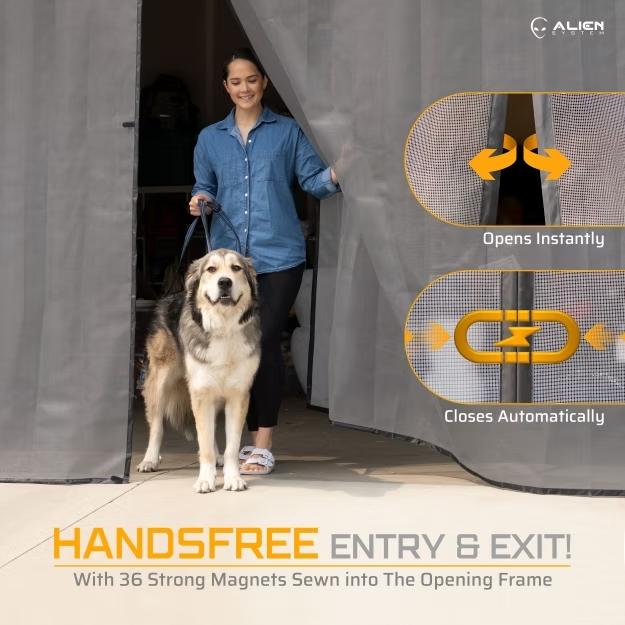

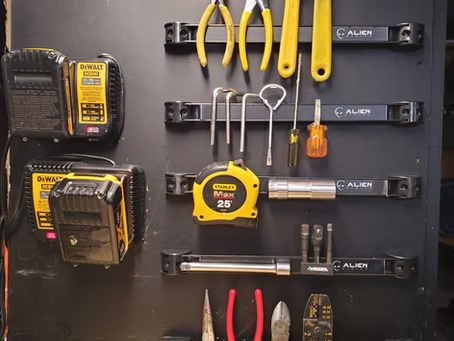
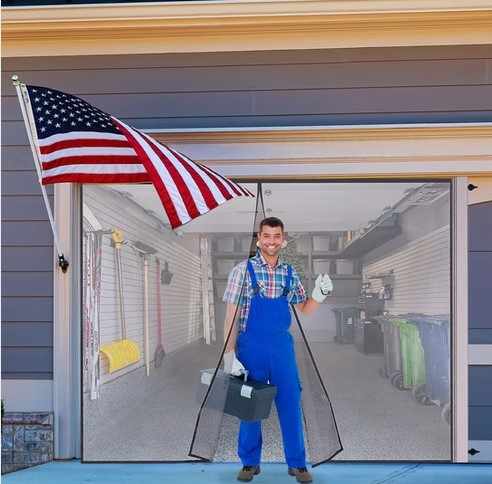

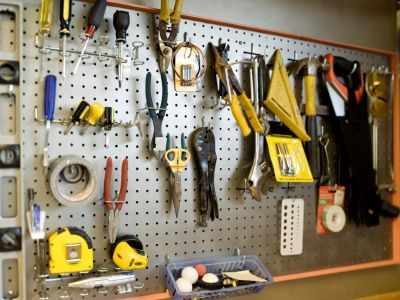
Write a comment ...